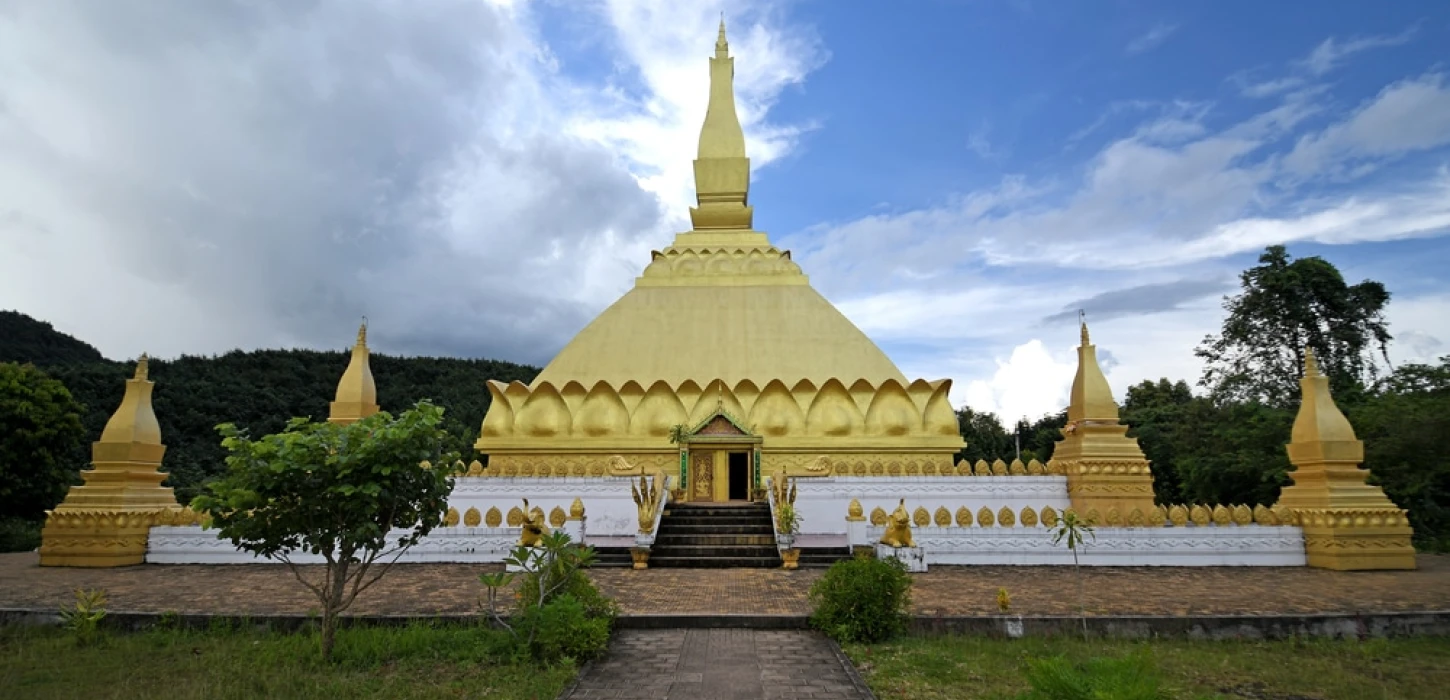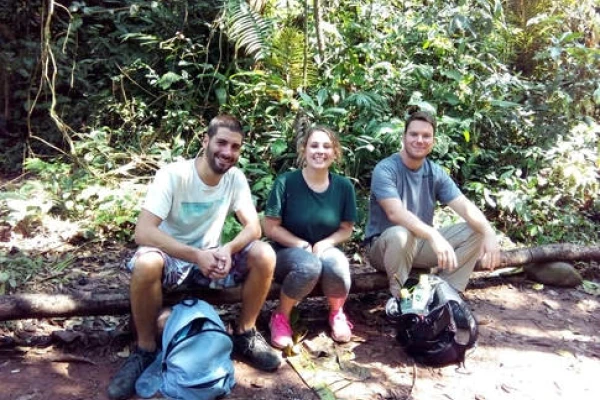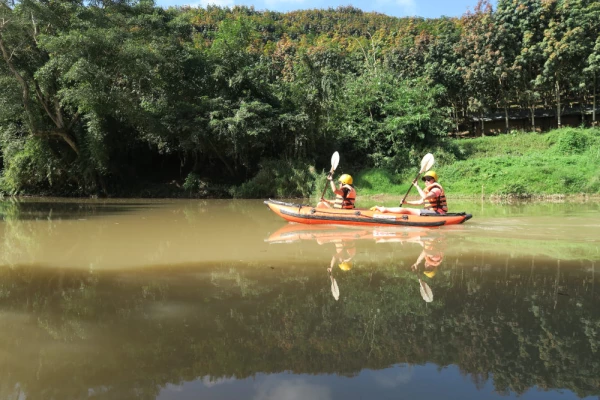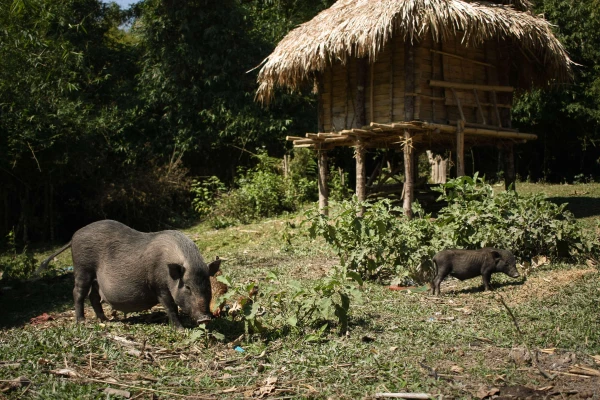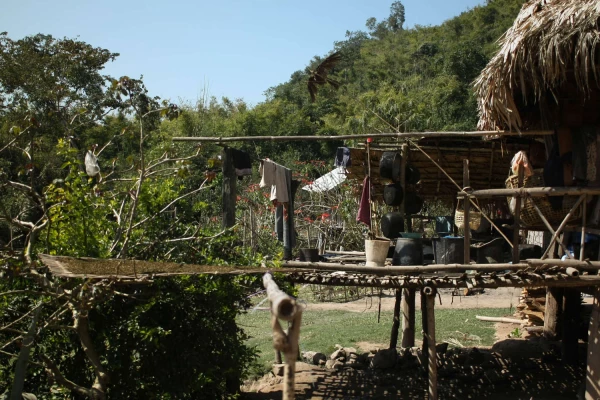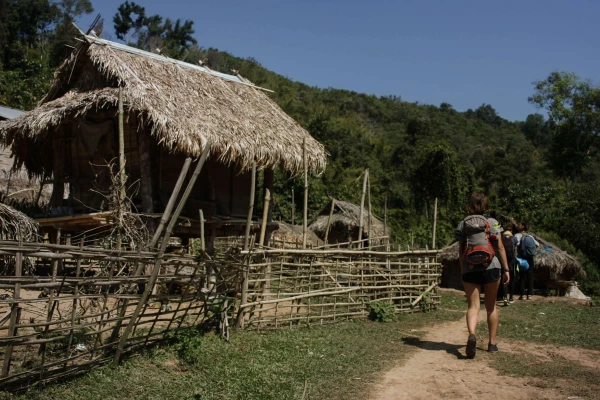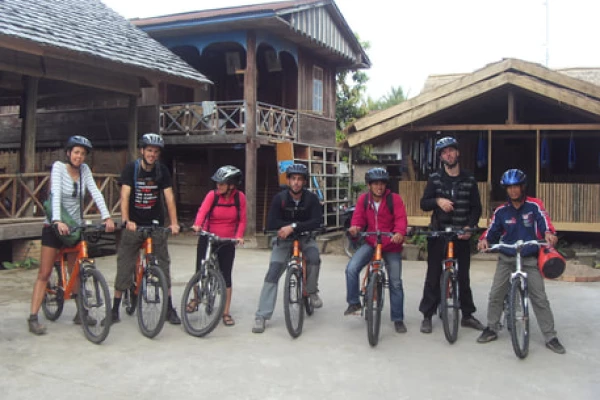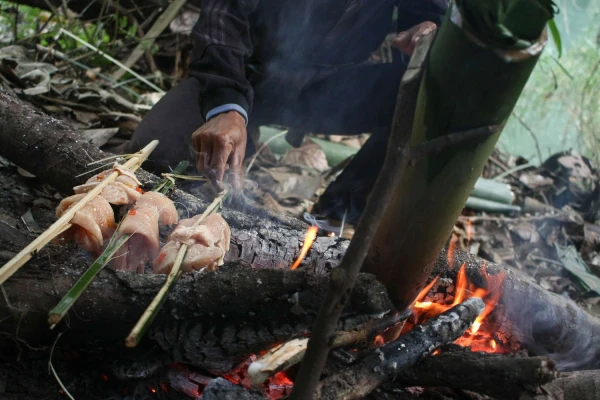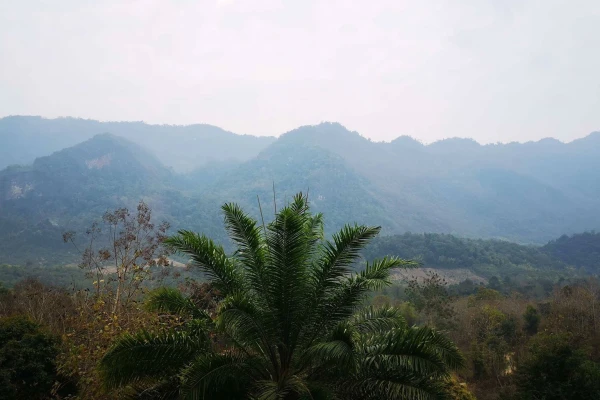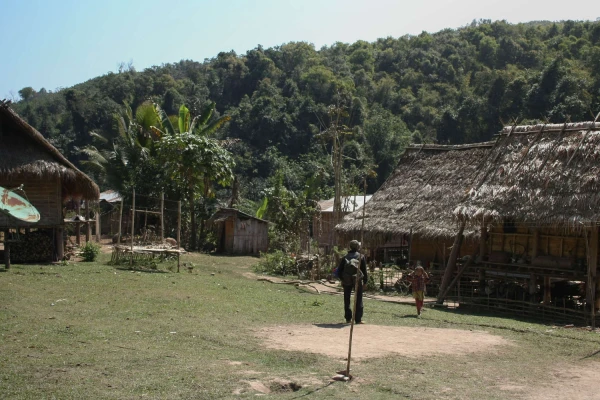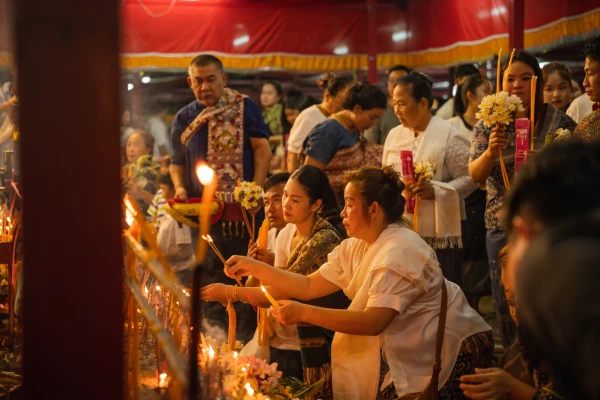Luang Namtha Province is located in the upper Northwest of Laos, bordered by Myanmar and China.
39 ethnic groups make up the population of 180,000 in Luang Namtha. Each group has its own dialect, culture and lifestyle, but coexists peacefully - a reflection of traditional solidarity. Most people in Luang Namtha live in small rural villages and practice agriculture as their main occupation.
The Nam Ha National Protected Area covers nearly 30% of the province's land area and is well known for a range of ecotourism acitivities. Due to the high altitude, the weather here can get quite cool, with temperatures dropping to as low as zero degrees in December and January. From May to October, the Southwestern monsoon brings with it annual rains, thereby marking the beginning of the new agricultural cycle.

